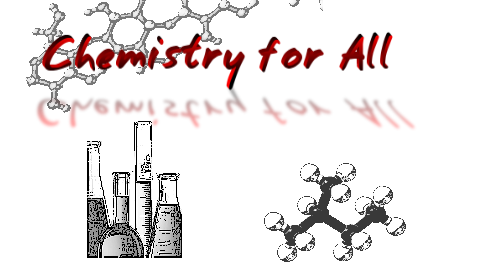The American National Standards Institute (ANSI) has a more detailed format for the MSDS, this one is the most common, I found a nice website where you can find pretty much the MSDS of any substance: MSDS DATA BASE
Here i'll describe what kind of information you can find in these type of MSDS using the Benzene.
Section 1 - Chemical Product and Company Identification
This section provides the Chemical name of the substance, along with the manufacturer contact information and Emergency numbers.
Section 2 - Composition, Information on ingredients
 Gives a list of the ingredients of the substance, the composition and CAS and other registry numbers.
Gives a list of the ingredients of the substance, the composition and CAS and other registry numbers.
Section 3 - Hazards Identification
This is an important section, it lists all the possible health effects and hazards such as Carcinogenic, Mutagenic or Teratogenic Effects; it also lists information about the toxicity and the symptoms after ingestion or inhalation.
This is one of the section that you MUST read before handling any Reagents on the Lab, there are many of them that can be a carcinogenic risk and you couldn't be aware of the danger.
Section 4 - First Aid Measures
This section gives instructions on what to do if any kind of exposure might have occur such as skin or eye contact, inhalation or ingestion and in some cases it includes instructions to medical professionals.
Section 5 - Fire Fighting Measures
Fire being one of the most common reasons of accidents, this MSDS has a section about the possibility of the substance catching on fire, also describes the explosive properties and instructions on how to avoid and how to fight the fire involving this substance.
Section 6 - Accidental Release Measures
Important information if any spill or leak happens, how to proceed with the clean-up process. It may contain some safety precautions.
Section 7 - Handling and Storage
All the information about storage and handling practices, showing the best ways to keep the chemical safe from spilling, leaks or any other danger like fire or un-wanted human contact. Some insurance companies will require you comply with all the requirements on this section and section 6.
Section 8 - Exposure Controls, Personal Protection
This section is dedicated to give information about how to prevent any kind of exposure to the substance with the required Persona Protective Clothing and Equipment
Section 9 - Physical and Chemical properties
This section is self explanatory, it provides all the Chemical and Physical information such as boiling point, color or odor. This might help you identify any kind of danger.
Section 10 - Stability and Reactivity
Important section to be aware of any potential hazardous reaction of the substance
Section 11 - Toxicological Information
Further information about health hazards, Tested Toxicology and the outcome of these tests.
Section 12 - Ecological Information
Section 12 - Ecological Information
This section provides information about environmental hazards in case if the substance is spilled outside the Lab.
Section 13 - Disposal Considerations
The proper procedures when it comes the time to dispose any sub products or the substance itself.
Section 14 - Transport Information
Important information when it comes to transport the substance, every transportation company will ask you this before accepting any contract.
Section 15 - Regulatory Information
Every country has different regulation regarding any substance, this section will provide any available information about regulations in other States or Countries.
Section 16 - Other Information
Section mainly used for MSDS related information.



























